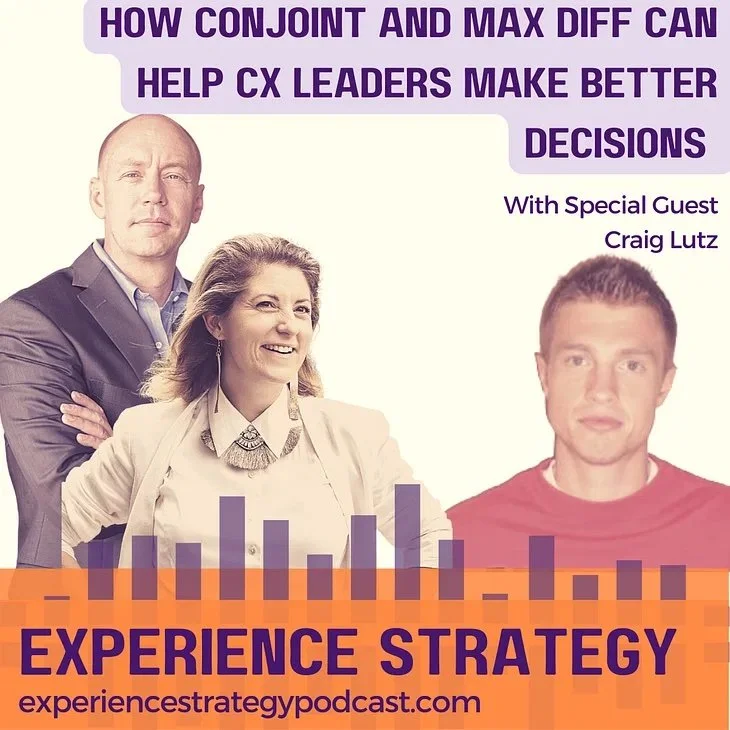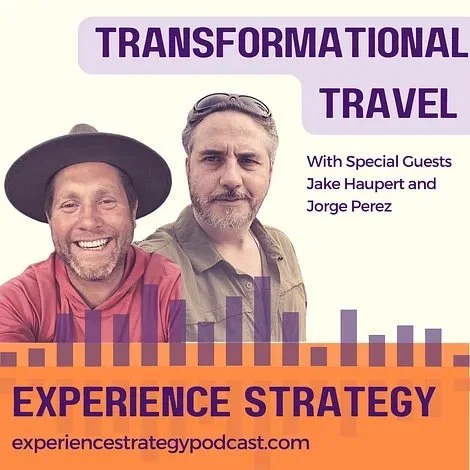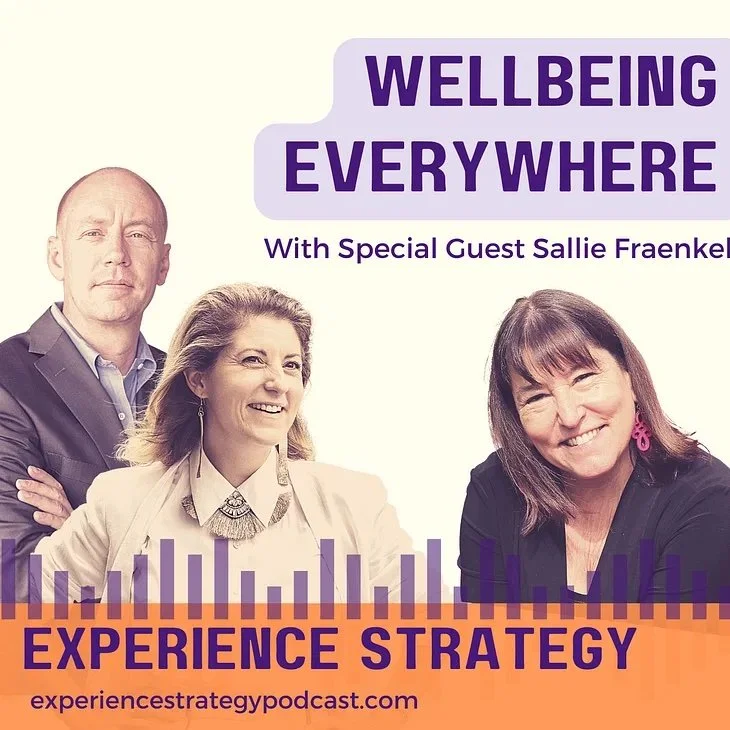Stone Mantel Experience Strategy Blog
Use Data Experience Design To Encourage Patients To Share Data
It’s the classic chicken and the egg problem. Which came first, data or personalization? Patients want personalized experiences, but many are uncomfortable sharing the data needed to deliver these experiences. This is a conundrum we have been studying for the last six years.
In developing journey maps for the future of healthcare across acute care, chronic conditions, and wellness, it’s clear that people want smart, personalized, and even genius solutions to help them improve their health and wellbeing. In fact, over eighty percent of people want to engage with digital tools that truly enable them to better their health, and over half of people use digital tools and devices to help them today.
So why do many not feel safe sharing their data, and why do so many tools fail to deliver on their promises?
Case Study: Co-Creating A More Meaningful Online Home-Buying Experience
Buying a home is the biggest investment most of us make; it can be a daunting and emotional process. What’s more, many
feel they are not able to finance a home. Clayton Homes ®, a Berkshire Hathaway ® company and national builder of attainable housing, knew how people shop for homes is changing.They wanted to develop a meaningful online shopping experience that not only helps people overcome the barriers to homeownership, but also help them design a home built to fit their life.
3 actions managers can take to ensure employees see their work as time well spent
In most employee surveys, employers ask a wide range of questions—about benefits, ESG, culture, policies, and work productivity. What is often left off the list is how employees feel about the time they spend at work. Employers struggle to frame the questions in a way that yield helpful insights.
Are Your Digital Platforms Wasting Your Customers’ Time?
No one wants digital tools that waste their time.
Companies that understand digital context can vastly increase customer engagement. To do so, they need to understand four different types of experiences their tools can yield, ranging from not-smart (technology that just wastes your time) to genius (technology that ultimately feels like time well invested).
Experience Strategy Podcast: How Conjoint and Max Diff Can Help CX Leaders Make Better Decisions With Craig Lutz
Experience strategists are navigating increasingly complex decisions. Customer journeys are increasingly complex, channels are proliferating, expectations continue to rise, and data is abundant. How do we help our companies make the best decisions about how and where to spend money?
Craig Lutz is uniquely well positioned to help us answer this question. Craig has been a data scientist and researcher at Qualtrics since 2007 where he has conducted thousands of conjoint analysis projects with Qualtrics. He is also the designer of Qualtrics' conjoint analysis DIY technology, the author of Exploring Conjoint Analysis and a prominent thought leader on innovative quantitative research methods. We are thrilled to announce that he also recently joined our team at Stone Mantel as Conjoint Advisor!
Market Research Technique: Conjoint Analysis
There are a variety of qualitative and quantitative research tools that can be used to help businesses understand how best to design and optimize the experiences they are delivering to their customers for customer value and time well spent. Today we will dive into one of our favorite quantitative methods - conjoint analysis.
Experience Strategy Podcast: Why you need a strategic POV on your CX
On today’s episode of Experience Strategy Podcast, hosts Dave Norton and Aransas Savas will prove to you that your business needs a strong strategic POV on your customer experience in order to thrive. Listen in to hear how brands like @Apple, @W Hotels, and @Best Buy’s Geek Squad used a compelling experience POV to innovate and drive business success.
Experience Strategy Podcast: Transformational Travel
Today we are joined by Jake Haupert and Jorge Perez, thought leaders and entrepreneurs in transformational travel. We explore why travel is the perfect launchpad for the transformation economy; how transformational experiences differ from our traditional ways of looking at categories like healthcare, finance, retail, technology and beyond; which customer types seek transformation and why they value it. Most importantly, we talk about how to effectively deliver on transformation.
Key Experience Strategy Trends for 2023, Trend 6: Context is King
Content is no longer king. Context is. As the attention recession deepens, effective experience strategies will increasingly be driven by technology, time, and situation.
Key Experience Strategy Trends for 2023, Trend 5: Hybrid is Here to Stay
Hybrid is here to stay. Church, school, shopping, concerts, and theater are all hybrid for good. IRL alone will continue to wane.
Key Experience Strategy Trends for 2023, Trend 4: Uncertainty is Certain
Now that we’ve proved how adaptable we are, customers will increasingly expect agility. Experience strategists will need to rethink customer journeys and experiences to deliver just-in-time products and services despite outages and political instability.
Experience Strategy Podcast: Wellbeing Everywhere with Sallie Fraenkel
Historically, customers expected categories like hospitality and healthcare to support their wellbeing. Today, categories as wide-ranging as finance and electronics are expected to design for wellbeing. Don’t think you’re in the wellbeing industry? Think again. Cultural shifts and crises have changed the game. In this episode, we are joined by Sallie Fraenkel, the founder of Mind Body Spirit Network, and the former CMO & COO of SpaFinder and EVP for the Global Wellness Summit. Together we look at how changing customer expectations influence the perception of your experience and specific ways that you can meaningfully integrate wellbeing for your customers and company.
Key Experience Strategy Trends for 2023, Trend 3: Zoom in on Small Groups
Historically companies have focused on the segment (the big picture) or on individuals (personalization), but the opportunity is the small group: families, friends, working connections, suppliers, and personal connections.
Key Experience Strategy Trends for 2023, Trend 2: Powered by Customer Purpose
Having a company purpose does not equate to understanding your customer's purpose. With savvier customers, and increased demand for transparency on all fronts, companies that focus on their purpose story will struggle, but those that focus their experience on their customers' purpose will thrive and foster sustainable engagement.
Key Experience Strategy Trends for 2023, Trend 1: Wellbeing Everywhere
Customer needs and expectations are always evolving. What can recent trends in those needs and expectations tell you about what’s coming next? And how can you optimize your experience roadmap and prepare your business for what’s next? These are the big questions we answer in our first annual Experience Strategy Trends Report.
Big news! 🎉 We are thrilled to announce the first-ever Experience Strategy Trend Report
After almost 20 years on the cutting edge of Customer and Employee Experience trends, we are thrilled to announce the first-ever Experience Strategy Trend Report coming your way in January 2023!
What is Experience Strategy
In 2002, when many companies started realizing the power of ‘experiences’ to create value, Joe Pine used Peter Drucker’s famous line to describe the aim of Experience Strategy. First, here’s Peter Drucker’s declaration:
But the aim of marketing is to make selling superfluous. The aim of marketing is to know and understand the customer so well that the product or service fits him and sells itself." (Management 1973)
At the time many of the ‘chief marketing officers’ were in fact salespeople who had been promoted. Drucker was frustrated with companies who thought they were doing marketing but had only retitled their sales function and he wanted to describe the distinction.
Case Study: Helping Southern Company Gas Become A More Future-Forward, Customer-Centric Company
The Southern Company Gas Customer Experience Team partnered across their organization to undertake experience research that would help them understand exactly what it would take to lift overall customer satisfaction as well as help the organization hear directly from their customers.
How to Deliver on Meaningful Experiences and Why They Matter for Customers, Brands, and Employees
We started studying meaningful experiences in the summer of 2018 in a world that looked and felt much different from today. We decided to study meaningful experiences because customer expectations were evolving rapidly. Spurred by new, smart experiences embedded into every aspect of their lives, people were no longer satisfied with experiences that lacked intelligence, meaning, or both. Companies were (and still are) getting better and better at creating content, products, and experiences. This abundance of experiences overwhelms people leading to a reduction in the net value of any one experience and the value of experiences generally.
Case Study: O’Charley’s Uncovering Deep Emotional Insights Through 360 Degree Ethnography
O’Charley’s, a 50-year-old casual-dining chain, offers comfort food with a Southern accent in a homey, welcoming atmosphere. However, as the casual dining category became more competitive and their guest’s expectations evolved, O’Charley’s lost market share and sales. They needed to outline a path to restore market share and increase sales by identifying the most important current and future customer jobs-to-be-done that would revitalize the brand and create new value.





















